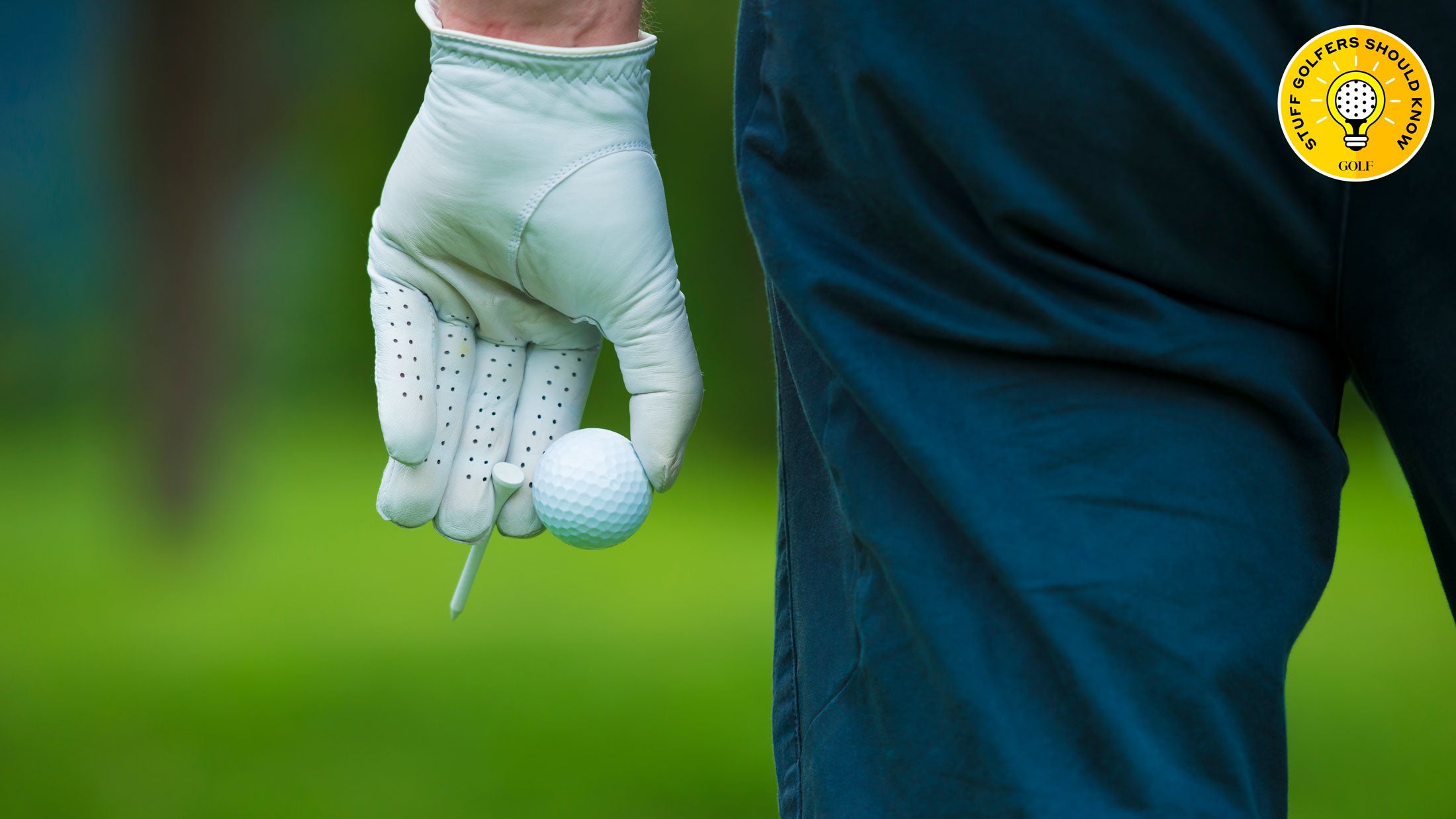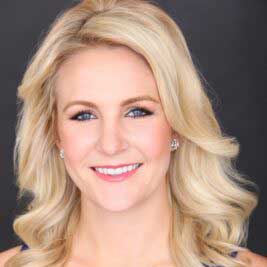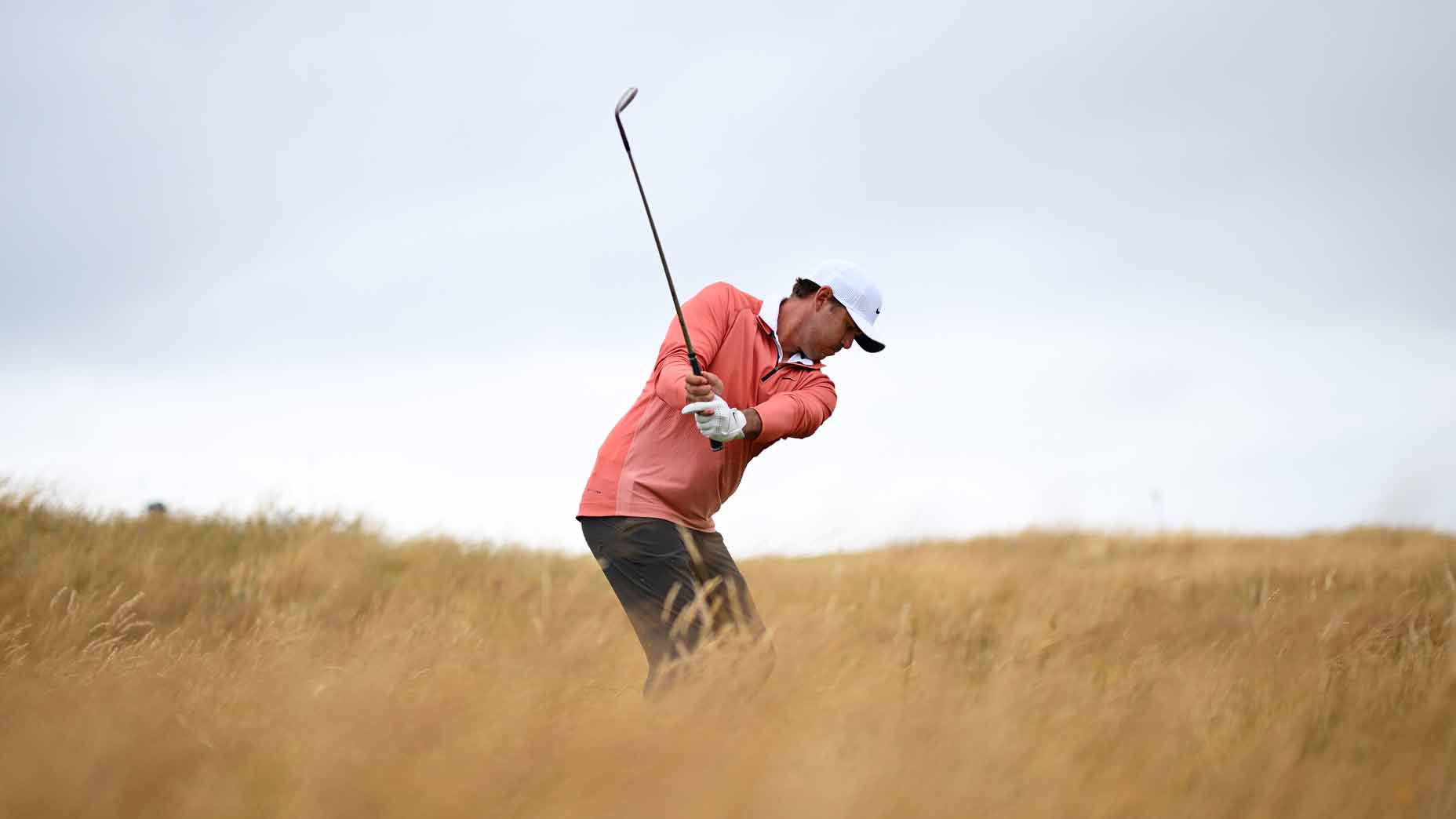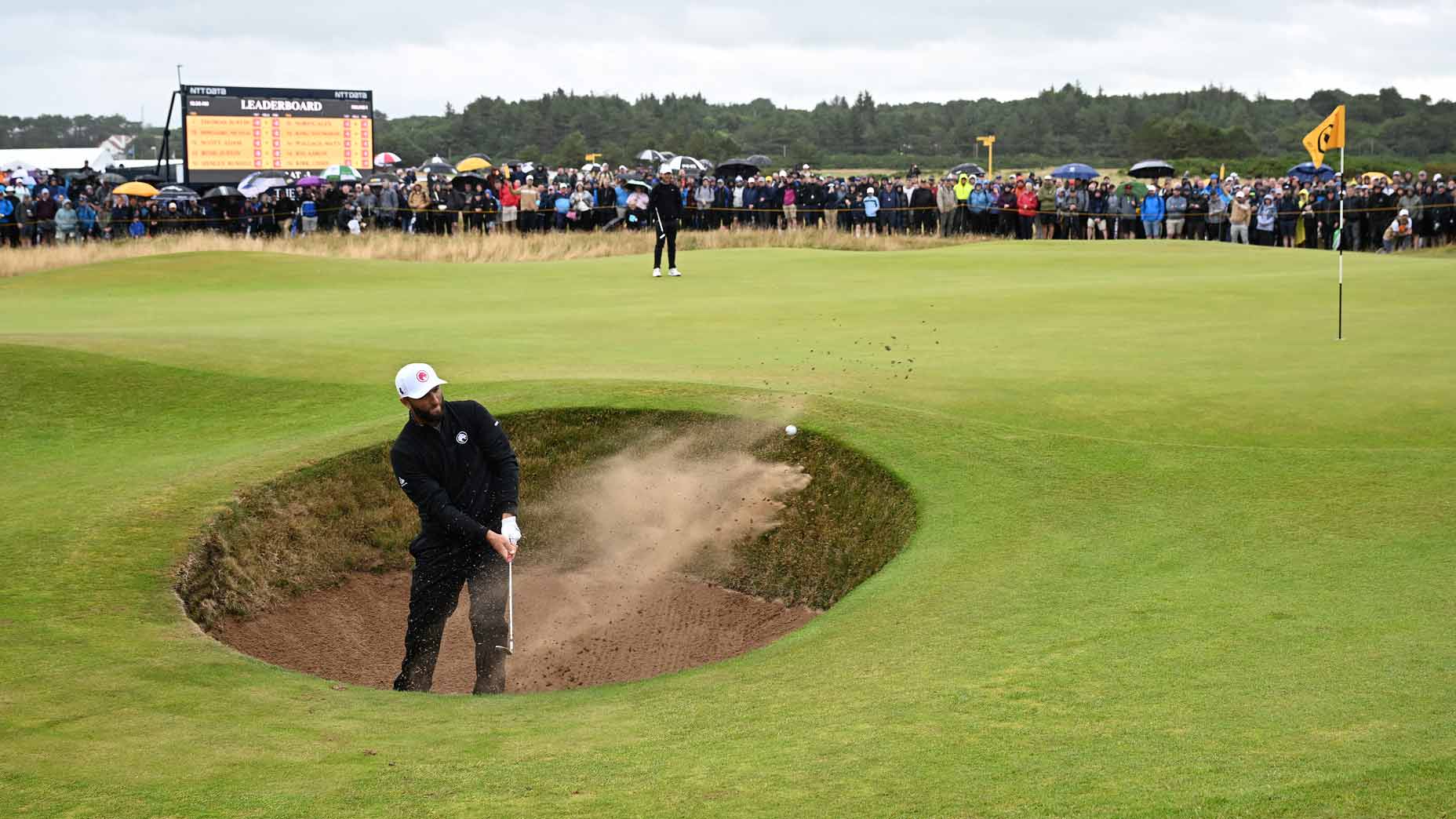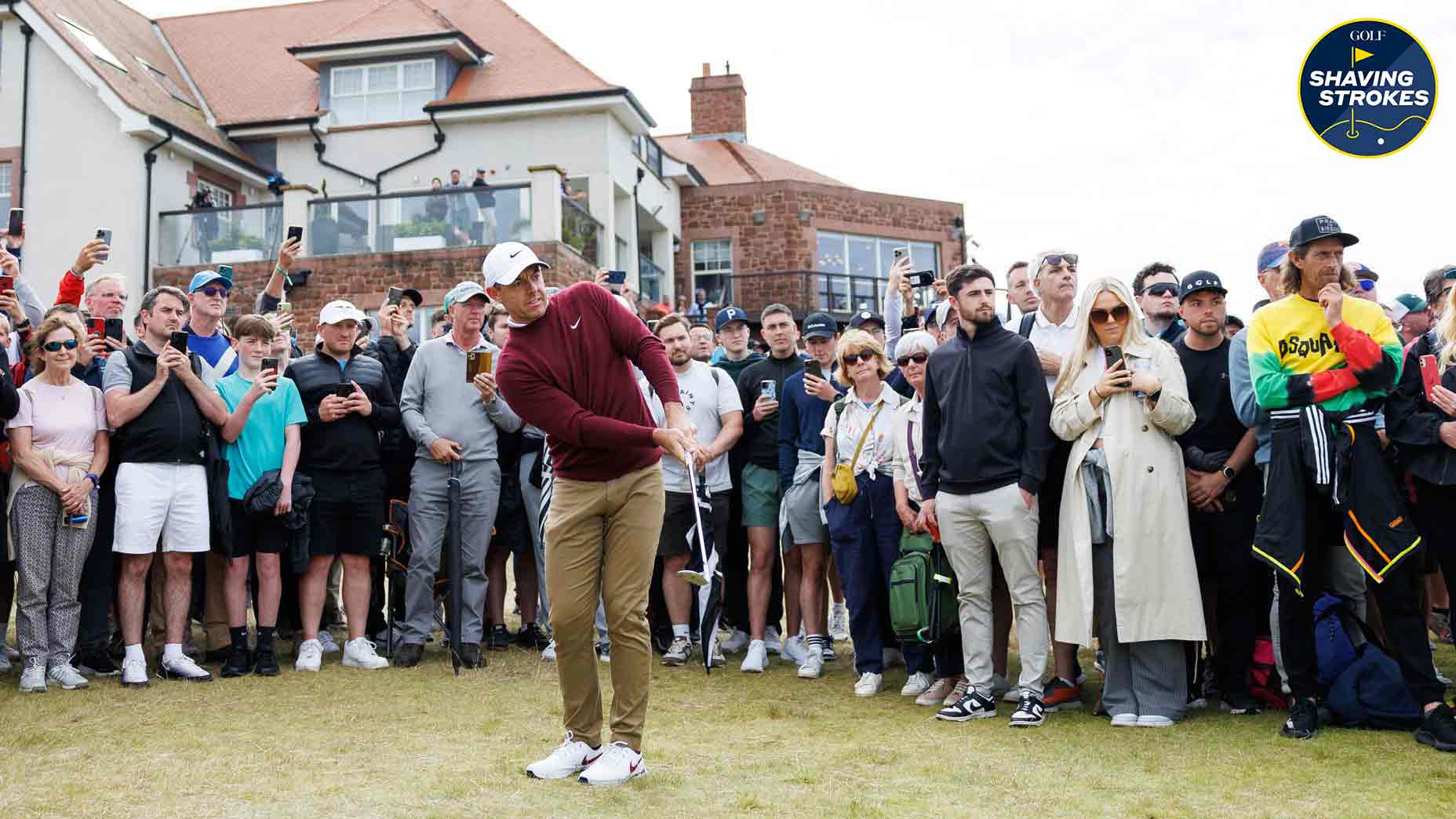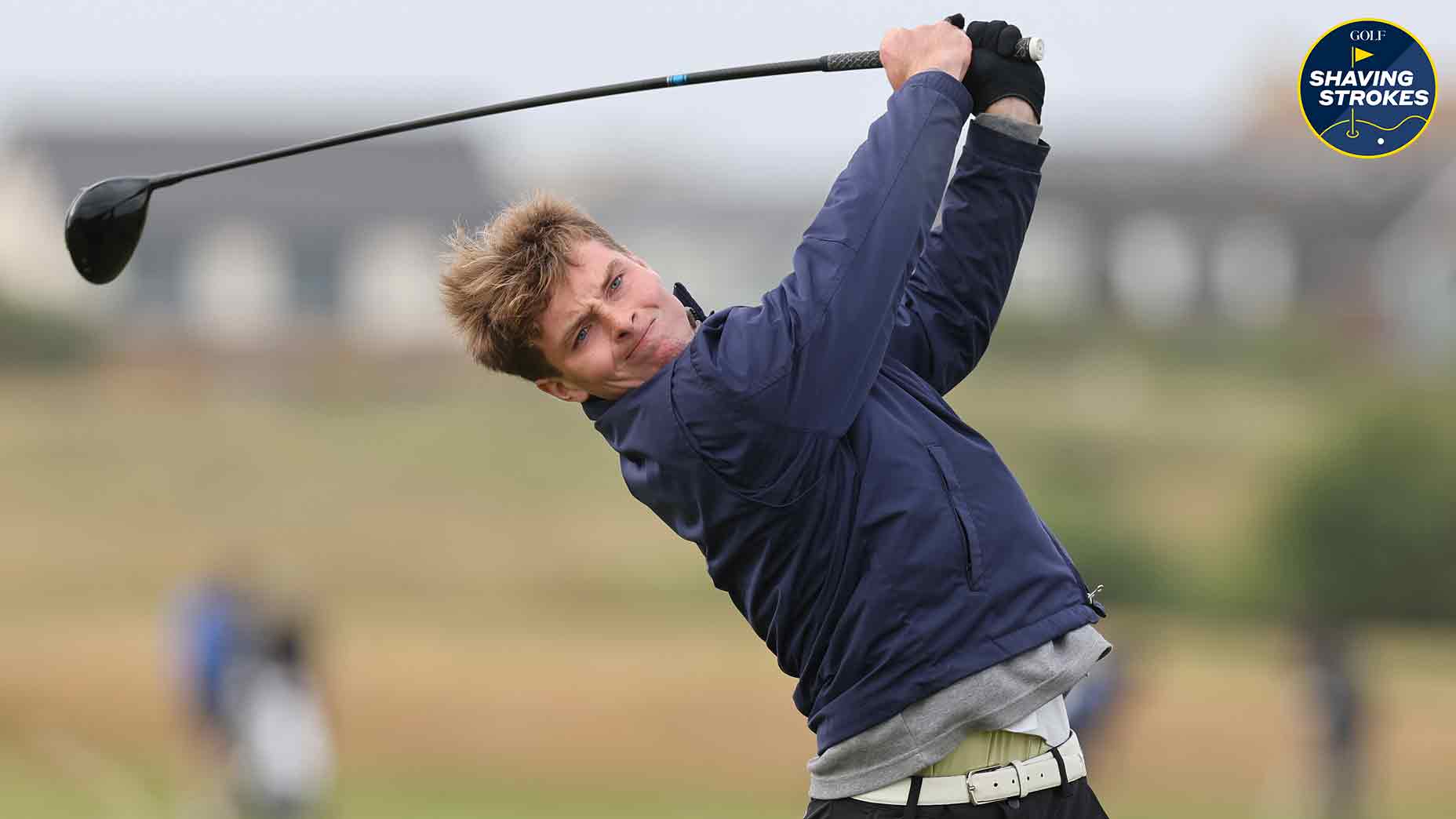How will the golf-ball rollback affect you? Top golf teachers weigh in
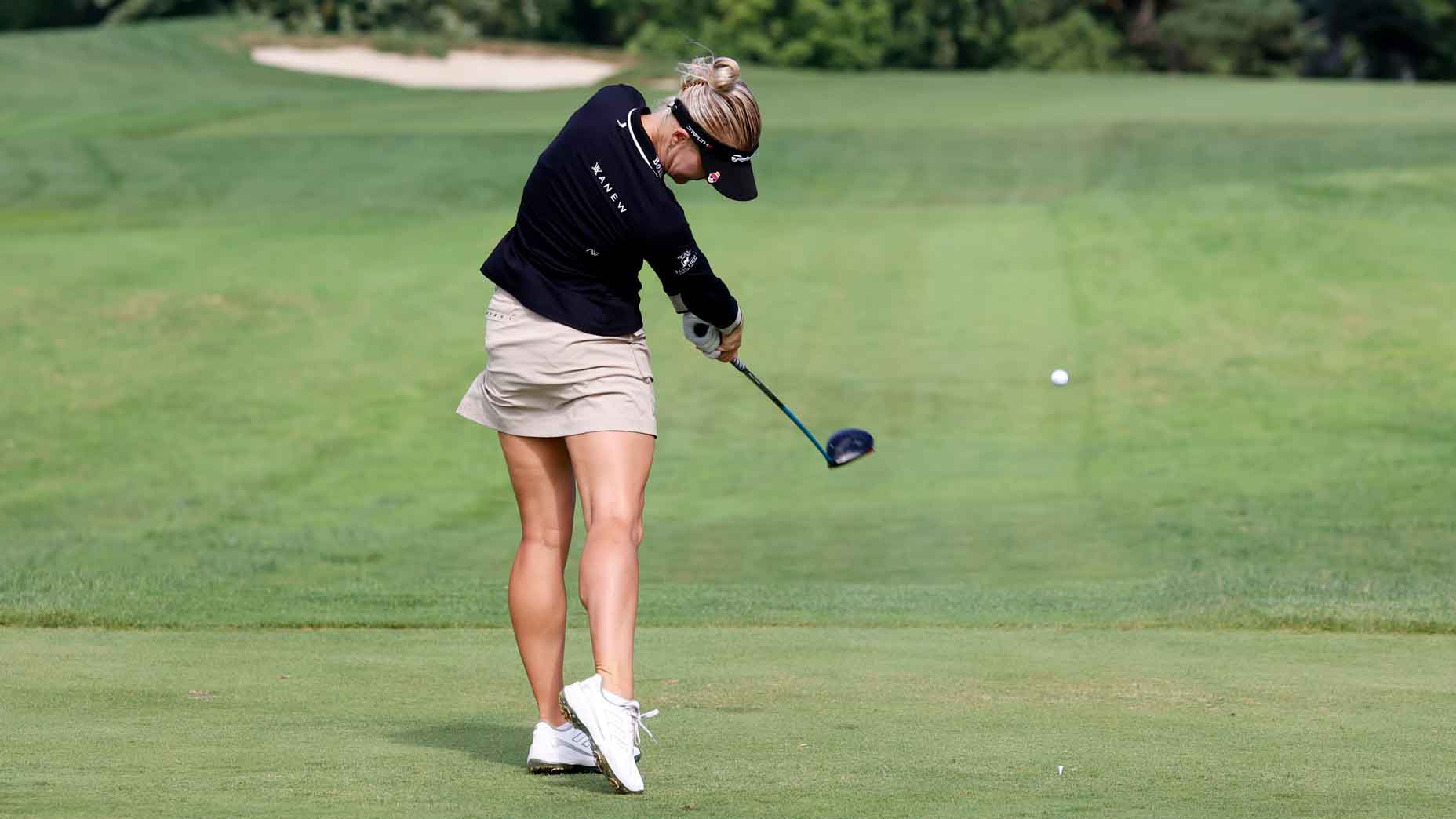
What do top teachers have to say about the golf ball rollback? Plenty.
Getty Images
SCOTTSDALE, Ariz. — The USGA and R&A’s decision to roll back the golf ball in the coming years has divided the golf world.
Proponents of the decision claim it is a necessary adjustment that should have been made years ago — one that will help preserve the game’s historic courses, assist sustainability initiatives and start rewarding shot quality more than distance. The governing bodies also mentioned that people are generally against the idea of bifurcation, so the change must be made for the game as a whole.
Opponents of the ball rollback claim the decision is only making the game harder for every player, and that the future of golf should be about growing the game and making it more inclusive and fun.
Now that interested parties have had some time to digest the news, we wanted to know: What do the game’s top teachers think? At this week’s Top 100 Teacher Retreat at the Westin Kierland in Scottsdale, Ariz., we had the chance to gather some opinions.
“I don’t think anybody’s really looking to want to hit the ball shorter,” said Top 100 Teacher Jerry King. “But the best players in the world are going to lose 12 to 15 yards, and amateurs 5 to 7. I don’t think it’s going to be that significant.”
Top 100 Teacher Brady Riggs said he would have preferred that the governing bodies had opted for the bifurcation route.
“I wish that they wouldn’t have touched the amateur’s enjoyment of the game,” he said. “But I think that on the professional level it obviously makes some sense to try and keep courses relevant. But it is a little disappointing because most people don’t have a problem hitting it too far and we know it’s not going to have a massive impact on them because the ball speeds aren’t so high that they’ll lose that much. But I don’t think they should lose anything along the way.”
Riggs said he thought baseball’s bifurcation model of wooden bats in the major league and metal bats at the youth and collegiate level would be a good model for golf.
“I think that’s very reasonable to do in golf, to have two different sets of rules,” he said.
Instructor Stefanie Shaw was optimistic about the future.
“I think everything will be OK,” she said. “I think everyone needs to take a breath. It’s just a change, and things that change usually end up OK. On the pro side especially, I think it will make the game more interesting.”
GOLF Teacher to Watch Jonathan Buchanan was of the opinion that golfers simply need to accept what’s coming and embrace it.
“It just is what it is and everyone’s gonna have to play,” he said. “I think we’re gonna have to adapt. At the end of the day, low score still wins.”

